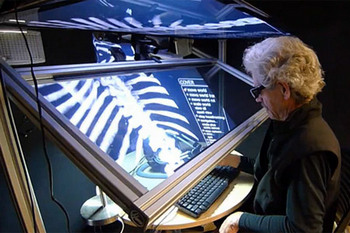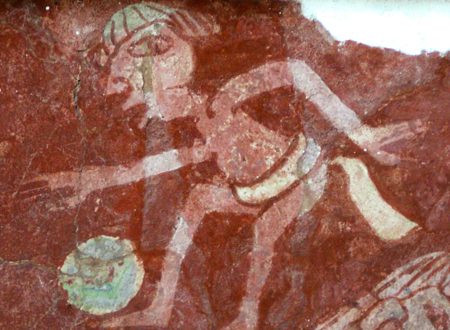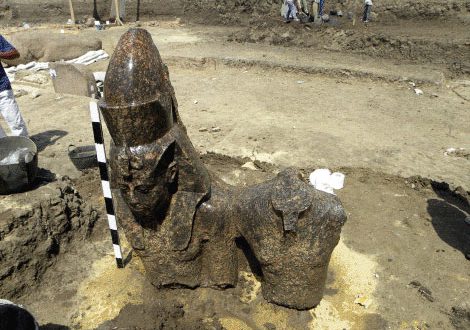 Three new ancient egyptian tombs dating back almost 3500 years have been discovered near Luxor by an archaeological mission lead by Dr. Zahi Hawass. One of the newly discovered tombs belonged to Amun-Em-Opet, Supervisor of Hunters and dates back to shortly before King Akhenaten’s reign. Entrances to 2 undecorated tombs have been found to the north-west of Amun-Em-Opet’s. The newly discovered were unearthed at the necropolis of Dra Abu el-Naga, on Luxor’s west bank.
Three new ancient egyptian tombs dating back almost 3500 years have been discovered near Luxor by an archaeological mission lead by Dr. Zahi Hawass. One of the newly discovered tombs belonged to Amun-Em-Opet, Supervisor of Hunters and dates back to shortly before King Akhenaten’s reign. Entrances to 2 undecorated tombs have been found to the north-west of Amun-Em-Opet’s. The newly discovered were unearthed at the necropolis of Dra Abu el-Naga, on Luxor’s west bank.
Amongst the items discovered in the 3 tombs:
- seven funerary seals bearing the name Amenhotep-Ben-Neferm, Supervisor of the Cattle of Amun.
- seals bearing the name of Eke, the Royal Messenger and Supervisor of the Palace.
- fragmented remains of unidentified mummies.
- a collection of ushabti figures made of burned clay and faence.
The necropolis of Dra’ Abu el-Naga’ is located on the West Bank of the Nile at Thebes, Egypt, just by the entrance of the dry bay that leads up to Deir el-Bahri, and north of the necropolis of el-Assasif. Due to its position directly opposite the Temple of Karnak – the main cult centre of Amun from the Middle Kingdom and one of Ancient Egypt’s most important temples during the New Kingdom – and helped the importance of the royal tomb complexes present, Dra Abu El-Naga necropolis became one of the most significant holy burial sites.
The SCA’s press release in English can be found on drhawass.com and more interesting information on Dra’ Abu el-Naga on the project site of the Deutsches Archaologisches Institut.



